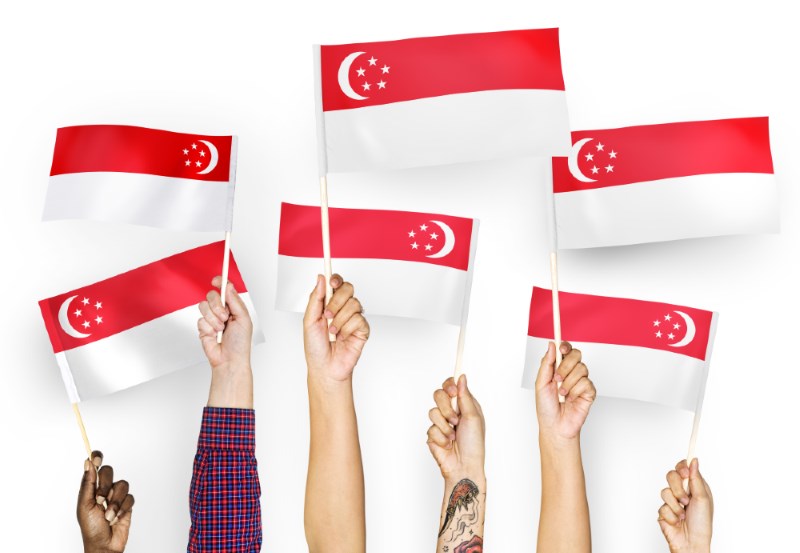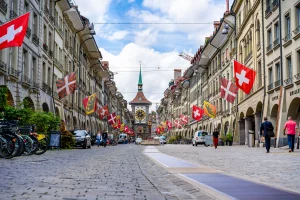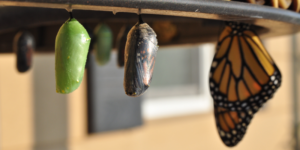Since the onset of the pandemic, Singapore’s leadership has taken an active approach to manage the outbreak. This has meant swift responses, like border closures, stimulus packages, and the ‘circuit breaker’ measures imposed in April. Combined with the global toll that the novel coronavirus outbreak has taken, these interventions have led to unprecedented changes in Singaporeans’ way of life. While some of these changes are temporary, others are structural and will ultimately continue to impact the nation for years to come.
Still, there is a bright side to this dire situation: the resilience and ingenuity of Singaporeans.
With record-setting economic recession underway and likely to continue into the near future, the creative solutions that ordinary people and small business owners, in particular, have wrought to adapt to this new normal, are encouraging. Though it may be some time until the dust settles and we uncover the true impact of COVID-19 on Singaporeans, here are some of the high and low points thus far.
Who has been the hardest impacted by COVID-19?
Like most developed nations, Singapore has experienced high levels of economic contraction. The Ministry of Trade and Industry (MTI) noted in its Economic Survey of the First Quarter, several industries have been significantly hurt by coronavirus restrictions. With borders and several Changi airport terminals closed for some time to stop the spread of the virus, the hospitality, tourism, and aviation industries have been particularly hard hit.
When Circuit Breaker restrictions came into effect on April 7 to keep people at home, food and beverage providers and those providing in-person services have suffered massive losses. That two-month period marked a series of extreme challenges for many.
Small business owners were forced to make difficult decisions. Mr. Pan owned the five-year-old Boufe Boutique Café. Ultimately, the Circuit Breaker restrictions were too much for his restaurant to survive beyond the end of their lease set to expire in June. “We definitely did not foresee that things would deteriorate so rapidly,” he said. Instead of capitalizing on plans to expand in 2020 as they had looked forward to pre-COVID-19 impact, Mr. Lim of events space room2f is now focused on “survival for the rest of this year.”
Like many business owners without substantial savings, the task of continuing to pay expenses in the face of massive losses of income has been difficult. Many initially worked with salary cuts, then let part-time staff go, finally relieving full-time staff when they could no longer afford to keep them on. In the worst cases, thousands of businesses in Singapore have already closed for good.
Singapore’s government developed the Jobs Support Scheme to stem job cuts, sought rent relief from landlords, and other forms of economic intervention totaling tens of billions of dollars. Still, Singapore anticipates that the ranks of the hundreds of thousands of people unemployed within the first few months of the pandemic will continue to grow. If historic trends give any indication, periods of record unemployment lead to even more business closures.
Those who have borne the brunt of the impact from this pandemic are undoubtedly those who were already at the bottom of the ladder without the resources and reserves to cushion the blow and survive the transition to COVID-era operations.
Alarming outbreaks among migrant workers employed in construction marked the worst of the coronavirus resurgence. They exposed their vulnerable positions in society. Living in cramped, close quarters and without sufficient hygiene measures, COVID-19 spread quickly through migrant workers’ dormitories. To halt further exposure, drastic measures were employed. As a result, Singapore experienced significant construction delays and notable contraction within that sector of the economy.
Many who relied on Singapore’s robust domestic and international travel industry are now grappling with historic job losses. Hotels are empty, and with country borders tightly shut, aviation, responsible for almost 12% of Singapore’s GDP, is likely changed forever. Jobs in retail and tourist attractions look much different from what they did at the start of the year.
Though recovery may take a long time, we are optimistic that Singapore’s business model’s adaptability and strategic influence on global logistics, combined with Singaporeans’ resilience, will be what gets her through this.
Who has been the least impacted by COVID-19?
Conclusion
The COVID-19 pandemic has touched every part of Singapore. Some have remarked earlier in the year that nature was thriving for the first time in recent history. Without meticulous landscaping during the lockdown, rarely seen wildflowers cropped up, bringing a noticeable increase in butterflies along with them. As a result, people began calling for more and wilder green spaces to serve as destinations during this era of the coronavirus.
Though the losses are still racking up around the world, it is easy to take solace in the fact that Singaporeans will work hard to revive their industries. Though that will call for significant changes, the pause and reset that COVID-19 has demanded of Singapore will be met with purpose, ingenuity, and the knack for capitalizing on opportunity that her people have.
The impact of COVID-19 on Singaporeans and Singapore jobs is dramatic, forever altering the ways that they do business and move through the world. But the spirit of creativity, consistency, and adaptability that pervades will hopefully be the tenacious seed for future growth.
Have you or anyone you know been impacted by Covid-19?
Check out our article on how to claim your Covid-19 Support Funds.
Should you know anyone that has lost their job due to Covid-19, share with them our Job Page with over 20,000 jobs available in Singapore.









